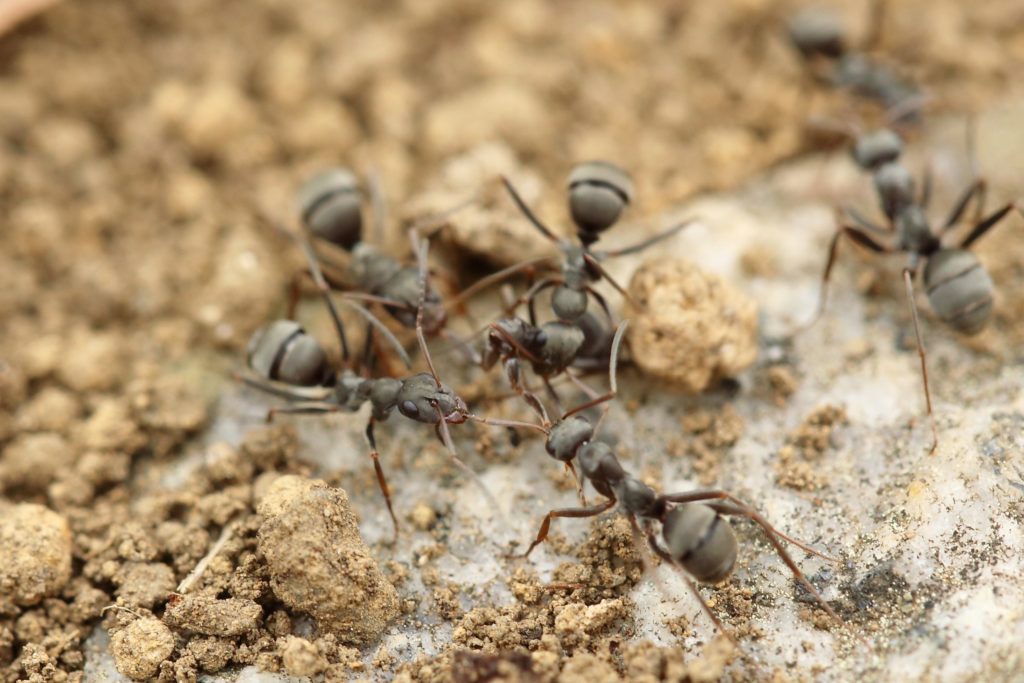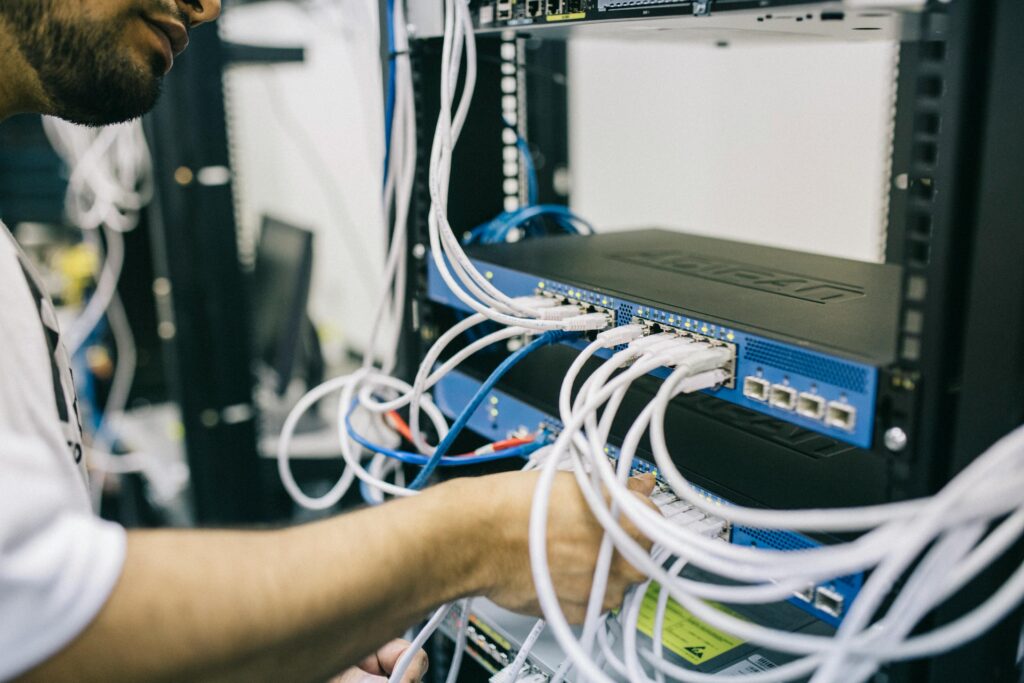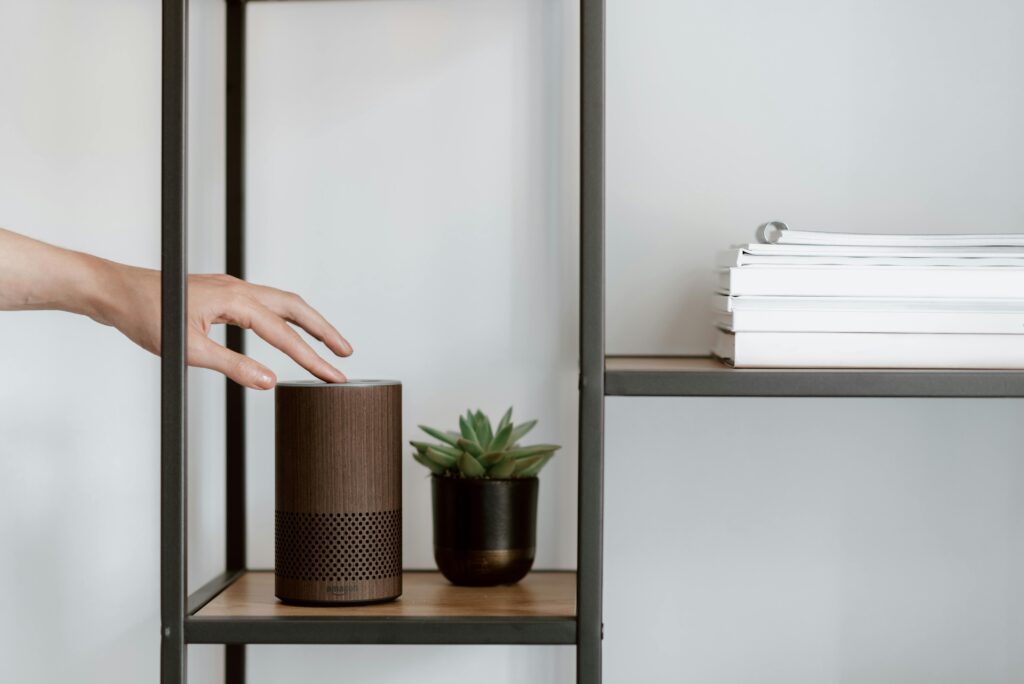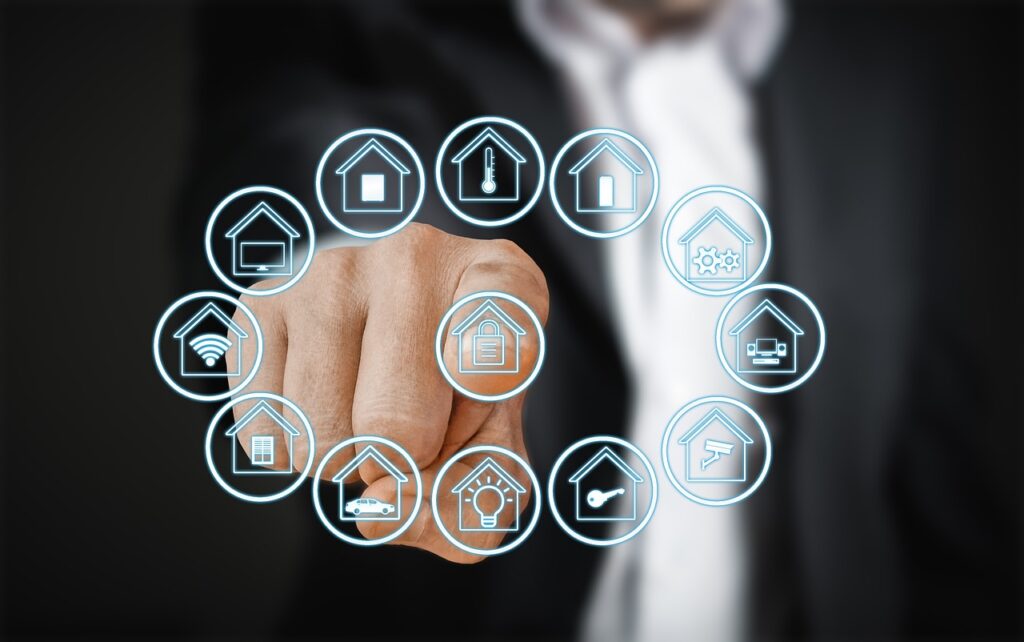Technology may not be the first thing your mind conjures up when it comes to pest control, but as is the case in many other sectors, it is revolutionizing this industry in many ways. As found in research compiled by IBISWorld, the rise of pests such as bedbugs has been a boon to the pest control industry over the past five years, with the new emphasis of the industry being on prevention rather than cure. How is the Internet of Things reshaping the way humans and pests interact, and how can it help homeowners rest assured they are living and working in clean, safe homes and offices?
IoT-Controlled Pest Control Gadgets
In order to understand the extent of a pest problem in a home or office setting, IoT pest control devices are being used to gather data in strategic areas. These devices contain sensors that collect data via infrared technology, sending this information to smartphones or other Internet-connected devices. The sensors are able to detect body heat, which would indicate the presence of pests. It is important for restaurants and other industries in particular to be vigilant of roach and other infestations from the start. This is because the numbers of pests can quickly build up. Moreover, detection of a specific number of pests indicates there are many more potentially hiding in pipes, drains, and other areas that can spell a problem for human health.
Data Collection
Pest control specialists can also rely on smartphones to collate information about homes and buildings – including structural problems that can enable pests to breed and proliferate. This information, alongside that obtained from sensor gadgets, can be used to create an integrated picture of a home or business’ risk of infestation. This information can then be stored in shared documents or files, thereby being accessible by remote staff 24/7.
Smart Homes or Buildings Provide Experts with Valuable Information
The Internet of Things currently allows home and business owners alike to control aspects such as heat and humidity in various rooms from the convenience of their smartphones or other devices. There is a link between temperature, humidity, and ability of pests to reproduce. Therefore, home and office owners can use their smartphones to fight back, keeping levels comfortable for human beings yet uninviting to pests. Just a few smart devices that can be used for these purposes include smart thermostats, which monitor humidity and can be connected to current humidifying and dehumidifying systems within a living or workspace. These thermostats usually measure humidity only in the space they are placed in, which means that more than one may be required in pest-prone buildings or homes.
Pest control is now a much more sophisticated task thanks to the Internet of Things. Smart technologies are now being used alongside more traditional ones to detect the presence of pests before infestation becomes an issue. Internet-connected devices, meanwhile, can help ensure that the temperature and humidity levels are perfect for human beings but antagonistic to the pests that can harm human health.
- How Modern Technology Is Keeping Classic Cars On The Roads - September 28, 2023
- Innovation Through Music – How Production Tech Is Expanding Genres - August 11, 2023
- Mu6label: The AI-Powered Device That Helps You Learn Guitar - July 8, 2023




Comments are closed.